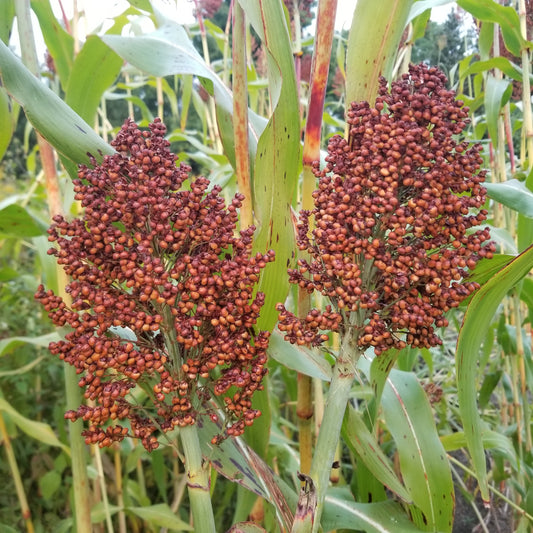Collection: Sorghum
Our sorghum cultivars are divided into three catagories based on selection and usage:
- syrup sorghum - press the stalks for juice
- milo - eat the seeds
- broomcorn - use the seed head structure for crafts
A variety traditionally not used for syrup will have milo or broomcorn in its name.
Did you know Sorghum Syrup is aboard the Slow Food Ark of Taste and that you can grow the grains for making it? Read about it on Slow Food Foundation for Biodiversity's Traditional Sorghum Syrup page and then check our selection of Syrup Sorghums. Please see our collection of useful references on growing sorghum and making sorghum syrup: Homestead Production of Sorghum Syrup and let us know if you have questions!
Sorghum is a versatile crop and is historically grown as a sweetener, especially during times of economic hardship. It is mentioned in a 1941 Iowa State University Report as suitable for syrup production in Iowa. It takes 10 to 11 gallons of boiled juice to make a gallon of syrup, as opposed to the ~40 gallons of maple sap needed for a gallon of maple syrup!
Additionally, stalks are excellent as silage. Grown like corn, we direct seed sorghum in early June when the soil temperature is above 65° F degrees. For detailed growing information, please see our presentations that discuss growing grains on a small, homestead scale.
We enjoy the grains themselves as a delicious alternative to rice or pasta (see photo.) In a pot with a lid, cover the grains with about an inch of water. Bring to a rolling boil, reduce heat, cover with lid and simmer about 15 minutes for an al-dente firmness. We use a 1/3 cup of grains for six servings.
Be sure to check our Digital Resources Collection for informative pdfs on sorghum.
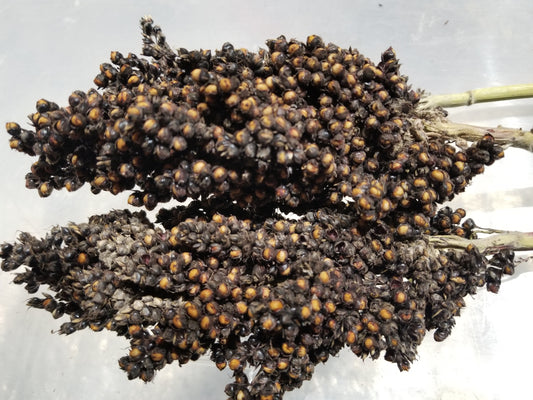 Sold out
Sold out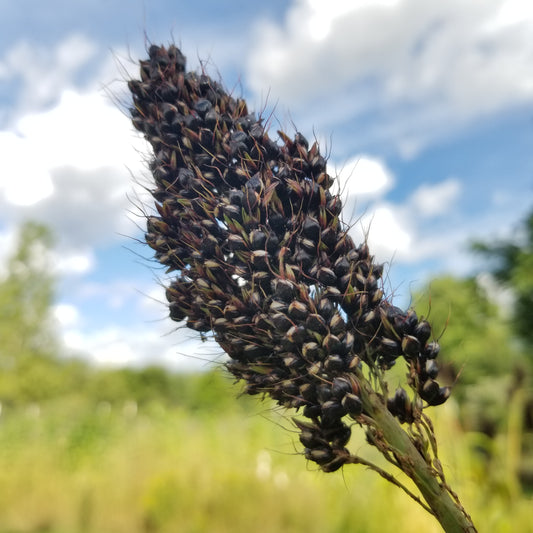 Sold out
Sold out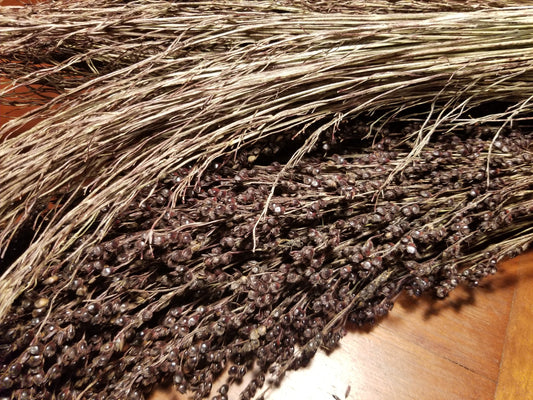 Sold out
Sold out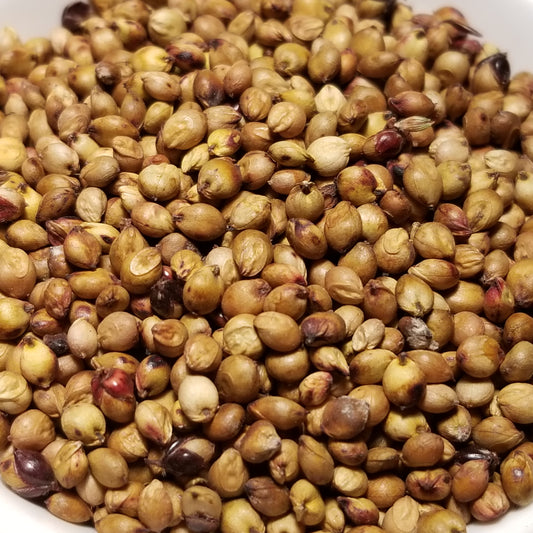 Sold out
Sold out Sold out
Sold out Sold out
Sold out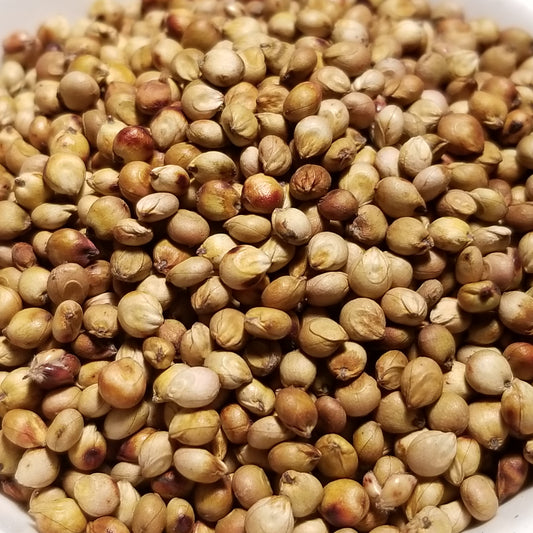 Sold out
Sold out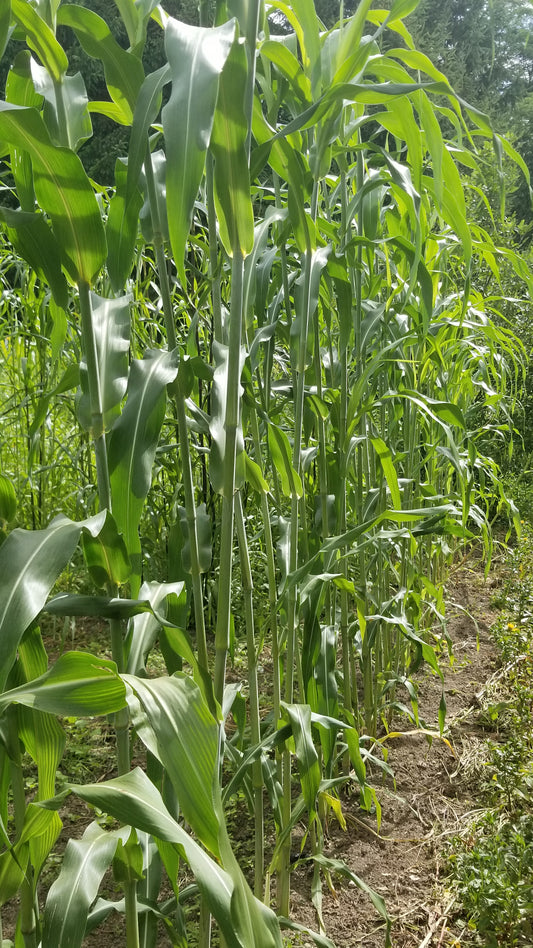 Sold out
Sold out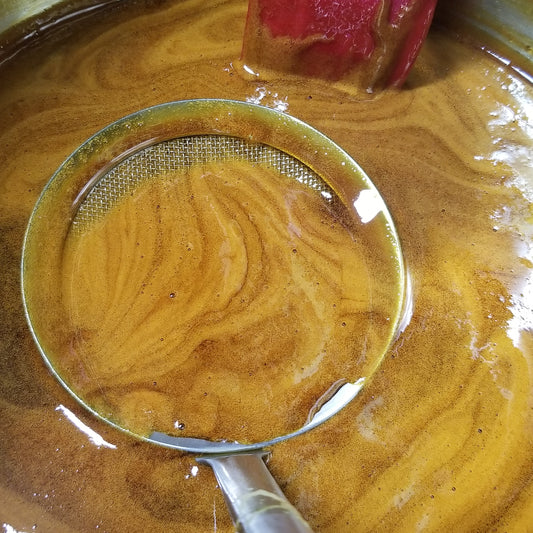 Sold out
Sold out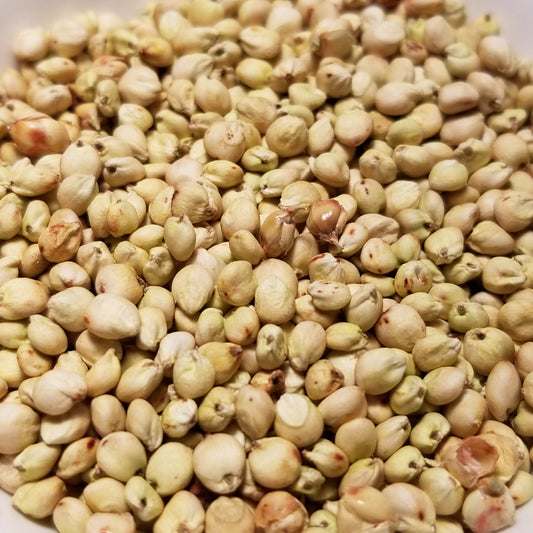 Sold out
Sold out
